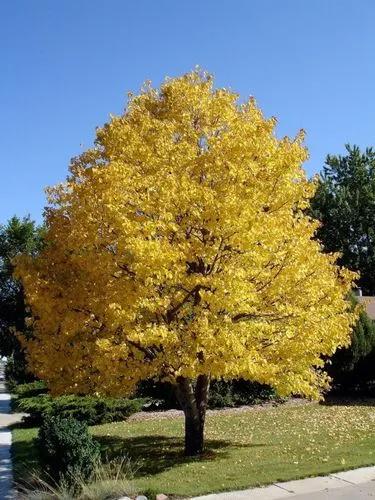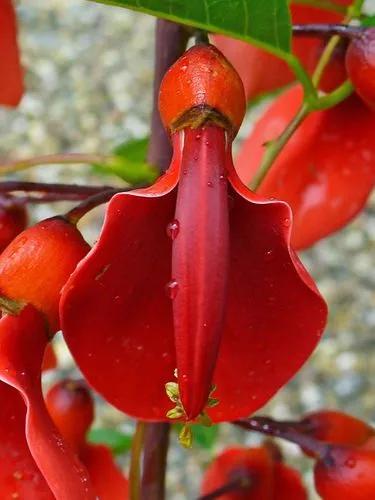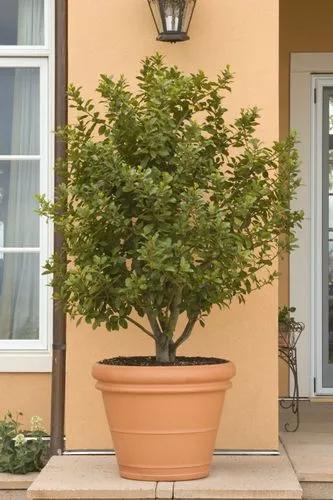Cashew is a multipurpose tree of the Amazon that grows up to 15 m high. It has a thick and tortuous trunk with branches so winding that they frequently reach the ground. Cashew trees are often found growing wild on the drier sandy soils in the central plains of Brazil and are cultivated in many parts of the Amazon rainforest.The cashew tree produces many resources and products. The bark and leaves of the tree are used medicinally, and the cashew nut has international appeal and market value as a food. Even the shell oil around the nut is used medicinally and has industrial applications in the plastics and resin industries for its phenol content. Then, there is the pseudo-fruit-a swollen peduncle that grows behind the real fruit that yields the cashew nut. The pseudo-fruit, a large pulpy and juicy part, has a fine sweet flavor and is commonly referred to as the "cashew fruit" or the "cashew apple." Fresh or frozen cashew fruit concentrate is as common a juice product in South American food stores as orange juice is in the United States. It is very perishable, however; therefore, no fresh cashew fruit is exported into the United States or Europe from South America.The cashew nut is defined botanically as the fruit. It grows externally in its own kidney-shaped hard shell at the end of this pseudo-fruit, or peduncle. The nut kernel inside is covered with an inner shell, and between the two shells is a thick, caustic, and toxic oil called cardol. Cashew nuts must be cleaned to remove the cardol and then roasted or boiled to remove the toxins before they can be eaten.
Cajueiro Care
Anacardium Occidentale



How to Care for the Plant

Water

Established plants are drought resistant[

Sunlight

full sun

Soil

Prefers a well-drained sandy soil and a position in full sun. The species can bear heavy, waterlogged clay soils or saline soils but with an extreme poor growth

Temperature

Plants are not tolerant of frost, preferring a minimum temperature no lower than 18°c

Additional

The shell of the nut contains an acrid juice that acts as a powerful vesicant. The active ingredient is cardole and it is poisonous in the same way as poison ivy (Toxicodendron spp.). Very irritant to the skin, causing severe blistering. It is destroyed by heat, so roasting the seed whilst in its shell renders it completely safe.(Handling plant may cause skin irritation or allergic reaction )

Popularity

649 people already have this plant 91 people have added this plant to their wishlists
Discover more plants with the list below
Popular articles






